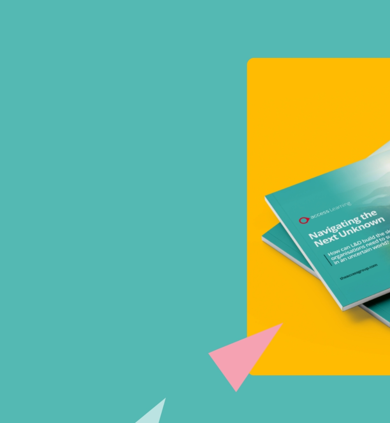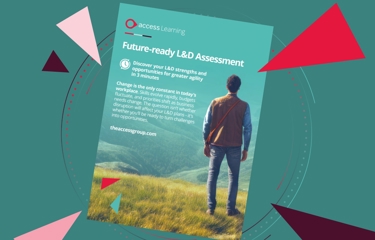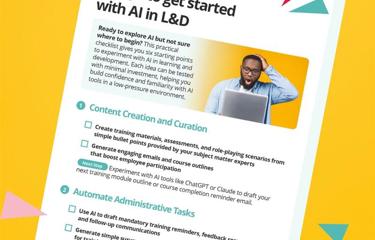Mental Agility: Thriving in Complexity
Mental agility involves recognising patterns and making connections across different business areas. In practice, this means converting mandatory health and safety training into problem-solving scenarios that mirror real workplace challenges, rather than tick-box compliance exercises. Forward-thinking L&D professionals understand that employees can develop analytical thinking whilst satisfying regulatory obligations—turning compliance into capability building.

 AU & NZ
AU & NZ
 SG
SG
 MY
MY
 US
US
 IE
IE









